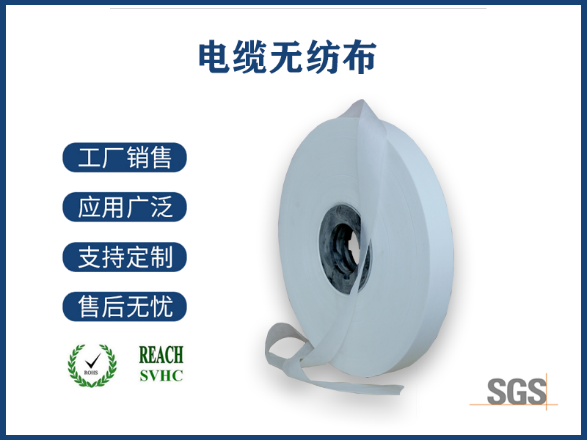In the intricate tapestry of modern textile innovation, non-woven fabrics emerge as a remarkable thread, weaving together practicality and sustainability. These materials, crafted without the conventional interlacing of yarns, are revolutionizing industries from healthcare to packaging, with their unique attributes and versatile applications. Let's embark on a journey to unravel the world of non-woven fabrics through the lens of English terminology, exploring their essence, benefits, and the profound impact they have on our lives.
The Essence of Non-Woven Fabrics: A Definition
At its core, a non-woven fabric is a sheet or web structure created mechanically, chemically, thermally, or solvent-treated processes that bond fibers together without resorting to traditional weaving, knitting, or stitching techniques. The term "non-woven" encapsulates this distinctive manufacturing process, setting it apart from woven and knitted counterparts. In English parlance, understanding this foundational concept is akin to unlocking the door to a realm where functionality meets environmental consciousness.
Versatility Personified: Applications Galore

Non-woven fabrics boast an impressive versatility, transcending boundaries across various sectors. In the medical field, they shine as disposable gowns, face masks, and sanitary pads, offering a hygienic barrier against contaminants. The packaging industry embraces them for creating sustainable shopping bags, food wraps, and protective covers, reducing reliance on plastic alternatives. Furthermore, their use extends into agriculture (as crop covers and soil conditioners), construction (for insulation and house wraps), and even personal care products like baby wipes and feminine hygiene items. This multifaceted application underscores the term's significance, illustrating how 'non-woven' translates into a solution for diverse needs.
Eco-Friendly Innovations: Sustainability Redefined
One cannot discuss non-woven fabrics without highlighting their green credentials. As society shifts towards sustainable practices, these fabrics stand at the forefront of eco-friendly innovation. Made from materials such as recycled polymers, biodegradable fibers, or even agricultural residues, they offer a renewable alternative to conventional textiles. The term 'biodegradable non-woven' resonates deeply in today's conversation about environmental stewardship, symbolizing progress towards a circular economy where waste becomes a resource. Thus, 'non-woven' not only denotes a manufacturing process but also embodies a commitment to preserving our planet.
Technological Advancements: Shaping the Future
The evolution of non-woven technology continues at a rapid pace, driven by relentless innovation. From enhancing filtration efficiencies with nanotechnology to developing moisture-wicking fabrics for activewear, the possibilities seem endless. English terms like 'hydrophobic non-woven' and 'breathable non-woven' reflect these technological strides, capturing the essence of fabrics designed for performance and comfort. As research advances, so does our ability to harness the full potential of non-woven materials, pushing boundaries and redefining expectations in the realm of textile engineering.
A Global Language of Sustainability and Functionality
Ultimately, non-woven fabrics transcend linguistic barriers, speaking a universal language that emphasizes sustainability, functionality, and adaptability. Whether referred to as 'non-woven fleece', 'melt-blown fabric', or simply 'non-woven material', these terms encapsulate more than just textile jargon; they represent a collective movement towards a better future. By embracing the concept of 'non-woven' in English, we acknowledge a shared responsibility to innovate responsibly, ensuring that our choices today pave the way for a healthier, more sustainable tomorrow.
In conclusion, delving into the world of non-woven fabrics reveals a fascinating narrative intertwined with progress and sustainability. Through understanding their essence, appreciating their vast applications, recognizing their ecological contributions, and acknowledging ongoing technological advancements, we gain a comprehensive insight into why 'non-woven' is not just a technical term but a testament to human ingenuity and our drive for a better world.




 客服QQ
客服QQ